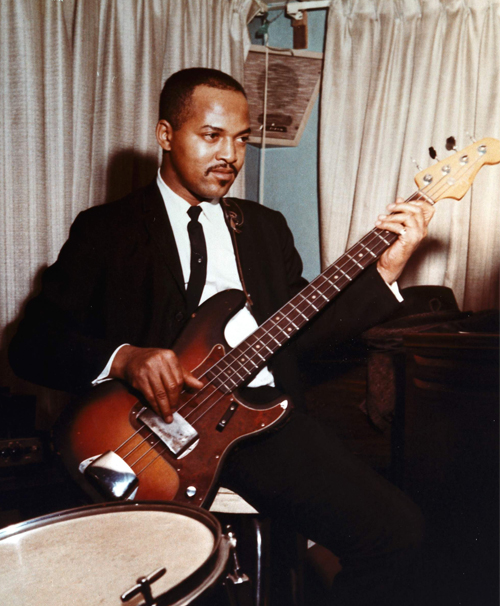
James Jamerson might be the most influential bassist you've never heard of. Bass players and music history buffs will point to all the #1 hits he recorded for Motown Records in the '60s and '70s (more than any other bassist), but most mainstream music listeners have never heard of him. His riffs, however, are some of the most instantly recognizable lines in the history of radio.
As a session musician, Jamerson was not visible in the way members of famous touring bands were. Despite recording most of Motown's bass lines, he even went uncredited on paper until 1971. But there isn't a bass player in the world who hasn't been moved by the parts in "My Girl," "I Heard It Through The Grapevine," "Dancing In The Street" or "What's Going On." And that's just scratching the surface of the 30+ other #1 hits Jamerson recorded.
Getting James Jamerson's Motown Sound
Motown's studio recordings were mostly made using custom DI boxes, such as the Acme Motown DI reissue (click the image to learn more and shop at a discount). Jamerson dialed in a touch of drive and slight compression.
As far as his touring rig, he was was mostly known for using a Fender Precision Bass, first a '57 with a gold anodized pickguard and later a '62 sunburst with a tortoishell pickguard. He often used an Ampeg B-15 on stage.
For those really after Jamerson's mellow tone, use heavy gauge flatwound strings. He often used LaBella strings, but he also only changed strings if one broke. The age of the strings, the flatwound timbre, and the use of a foam mute all added to the color of his sound.
It's also worth noting that Jamerson started his career on stand-up bass, leading to habits that carried over to his electric bass playing. He used only his right index finger (nicknamed "The Hook") to pick lines, calling on familiar muscle-memory from his stand-up days. He also used open strings when possible, another approach that's seen more often with stand-up bass players.

